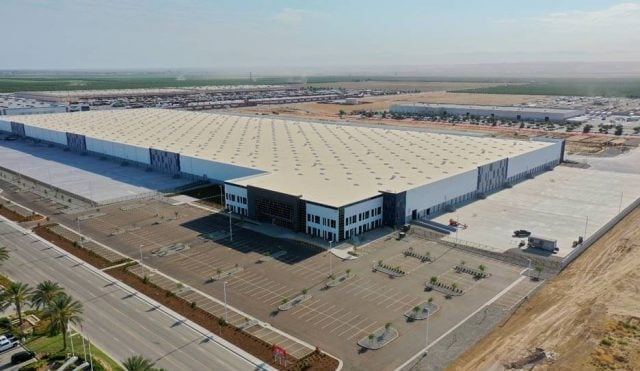SAN JOSE, CA—California recently suffered its worst earthquake in 25 years, with a 6.0 magnitude and 3.9 magnitude aftershocks in the Napa Valley wine country. The damage was approximately $1 billion, with almost 200 people injured and many historic buildings damaged. The Silicon Valley and Bay Area may have dodged a bullet this time, says Robin Weckesser, managing principal of project management at Cresa San Jose, but he notes that it is important to remember that the Bay Area is in a high-risk and unpredictable seismic zone.
“When natural disasters strike, corporations are often not prepared, as was the case with the quake of 1989,” says Weckesser. “So the question is: What happens when the next “big one” strikes in our area?”
See the below suggestions from Weckesser on the subject. The views expressed in the below column are the author's own.
Contingency Planning
Project managers can advise on contingency planning in the event of potential disasters. Given a shortage of equipment, manpower, and critical services, steps may need to be taken to solve critical support on an interim basis; material shortages may include inventory at suppliers, mechanical systems, generators, roofing, etc.
Companies can avoid shortages and work stoppages if they arrange for the delivery of alternate sources of fuel such as a second diesel generator or natural gas. It is important to keep in mind that critical services will get first priority, and businesses may need to address their specific issues on their own for a short time.
In addition to responding to natural disasters, corporate real estate executives and facilities managers are advised to form long-term business continuity plans to deal with potential terrorist attacks and pandemics. Companies should identify risks, set priorities (for protecting people, products, and plants), and formulate a strategy for implementation and recovery.
Contingency planning may involve plans to shift employees from a facility that temporarily shuts down to remote sites that would allow for quick hook-ups of vital systems to ensure that companies won't lose critical time and production. This is particularly a concern for companies that operate 24/7 and have call centers.
Seeking the Right Solutions
Disaster planning may require a sizable budget, but this kind of investment pales compared to the devastating consequences of not planning ahead.
Companies need to assemble the right team of professionals, both in-house and outsourced, to create and implement disaster strategy. It is important to involve experts who can present the best options for disaster planning. This involves knowing the kinds of investments to make.
A positive effect of disasters is that they raise corporate awareness and force critical analysis. Now, before the next “big one” hits, is a good time for companies to review the implications of their actions—or inaction.
Continue Reading for Free
Register and gain access to:
- Breaking commercial real estate news and analysis, on-site and via our newsletters and custom alerts
- Educational webcasts, white papers, and ebooks from industry thought leaders
- Critical coverage of the property casualty insurance and financial advisory markets on our other ALM sites, PropertyCasualty360 and ThinkAdvisor
Already have an account? Sign In Now
© 2024 ALM Global, LLC, All Rights Reserved. Request academic re-use from www.copyright.com. All other uses, submit a request to [email protected]. For more information visit Asset & Logo Licensing.








